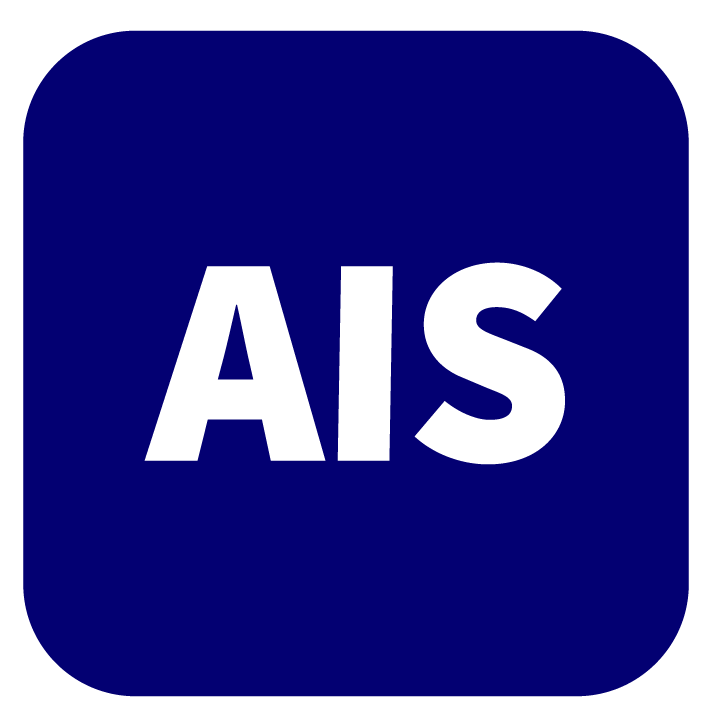REFERENCES
1. Fu Z, Jin Z, Zhang C, et al. The future of endoscopic navigation: a review of advanced endoscopic vision technology. IEEE Access 2021;9:41144-67.
2. Wang X, Teh CSC, Ishizawa T, et al. Consensus guidelines for the use of fluorescence imaging in hepatobiliary surgery. Ann Surg 2021;274:97-106.
3. Wendler T, van Leeuwen FWB, Navab N, van Oosterom MN. How molecular imaging will enable robotic precision surgery: the role of artificial intelligence, augmented reality, and navigation. Eur J Nucl Med Mol Imaging 2021;48:4201-24.
4. Zaffino P, Moccia S, De Momi E, Spadea MF. A review on advances in intra-operative imaging for surgery and therapy: imagining the operating room of the future. Ann Biomed Eng 2020;48:2171-91.
5. Madani A, Namazi B, Altieri MS, et al. Artificial intelligence for intraoperative guidance: using semantic segmentation to identify surgical anatomy during laparoscopic cholecystectomy. Ann Surg 2022;276:363-9.
6. Scheikl PM, Laschewski S, Kisilenko A, et al. Deep learning for semantic segmentation of organs and tissues in laparoscopic surgery. Curr Dir Biomed Eng 2020;6:20200016.
7. Mascagni P, Vardazaryan A, Alapatt D, et al. Artificial intelligence for surgical safety: automatic assessment of the critical view of safety in laparoscopic cholecystectomy using deep learning. Ann Surg 2022;275:955-61.
8. Mascagni P, Alapatt D, Lapergola A, et al. Early-stage clinical evaluation of real-time artificial intelligence assistance for laparoscopic cholecystectomy. Br J Surg 2024;111:znad353.
9. Mascagni P, Alapatt D, Garcia A, et al. Surgical data science for safe cholecystectomy: a protocol for segmentation of hepatocystic anatomy and assessment of the critical view of safety. arXiv. [Preprint.] Sep 20, 2021. [accessed on 2024 Sep 21]. Available from: https://doi.org/10.48550/arXiv.2106.10916.
10. Alt B, Kunz C, Katic D, et al. LapSeg3D: weakly supervised semantic segmentation of point clouds representing laparoscopic scenes. In: 2022 IEEE/RSJ International Conference on Intelligent Robots and Systems (IROS); 2022 Oct 23-27; Kyoto, Japan. IEEE; 2022. pp. 5265-70.
11. Mascagni P, Alapatt D, Sestini L, et al. Computer vision in surgery: from potential to clinical value. NPJ Digit Med 2022;5:163.
12. Maier-Hein L, Eisenmann M, Sarikaya D, et al. Surgical data science - from concepts toward clinical translation. Med Image Anal 2022;76:102306.
13. Hong WY, Kao CL, Kuo YH, Wang JR, Chang WL, Shih CS. CholecSeg8k: a semantic segmentation dataset for laparoscopic cholecystectomy based on Cholec80. arXiv. [Preprint.] Dec 23, 2020. [accessed on 2024 Sep 21]. Available from: https://doi.org/10.48550/arXiv.2012.12453.
14. Iakubovskii P. Segmentation_models. 2019. Available from: https://github.com/qubvel/segmentation_models. [Last accessed on 21 Sep 2024].
15. He K, Gkioxari G, Dollár P, Girshick R. Mask R-CNN. In: 2017 IEEE International Conference on Computer Vision (ICCV); 2017 Oct 22-29; Venice, Italy. IEEE; 2017. pp. 2980-8.
16. Lin TY, Dollár P, Girshick R, He K, Hariharan B, Belongie S. Feature pyramid networks for object detection. arXiv. [Preprint.] Apr 19, 2017. [accessed on 2024 Sep 21]. Available from: https://doi.org/10.48550/arXiv.1612.03144.
17. Szegedy C, Vanhoucke V, Ioffe S, Shlens J, Wojna Z. Rethinking the inception architecture for computer vision. In: 2016 IEEE Conference on Computer Vision and Pattern Recognition (CVPR); 2016 Jun 27-30; Las Vegas, USA. IEEE; 2016. pp. 2818-26.
18. He K, Zhang X, Ren S, Sun J. Deep residual learning for image recognition. In: 2016 IEEE Conference on Computer Vision and Pattern Recognition (CVPR); 2016 Jun 27-30; Las Vegas, USA. IEEE; 2016. pp. 770-8.
19. Szegedy C, Ioffe S, Vanhoucke V, Alemi AA. Inception-v4, inception-ResNet and the impact of residual connections on learning. In: 31st AAAI Conference on Artificial Intelligence. 2017. pp. 4278-84.









